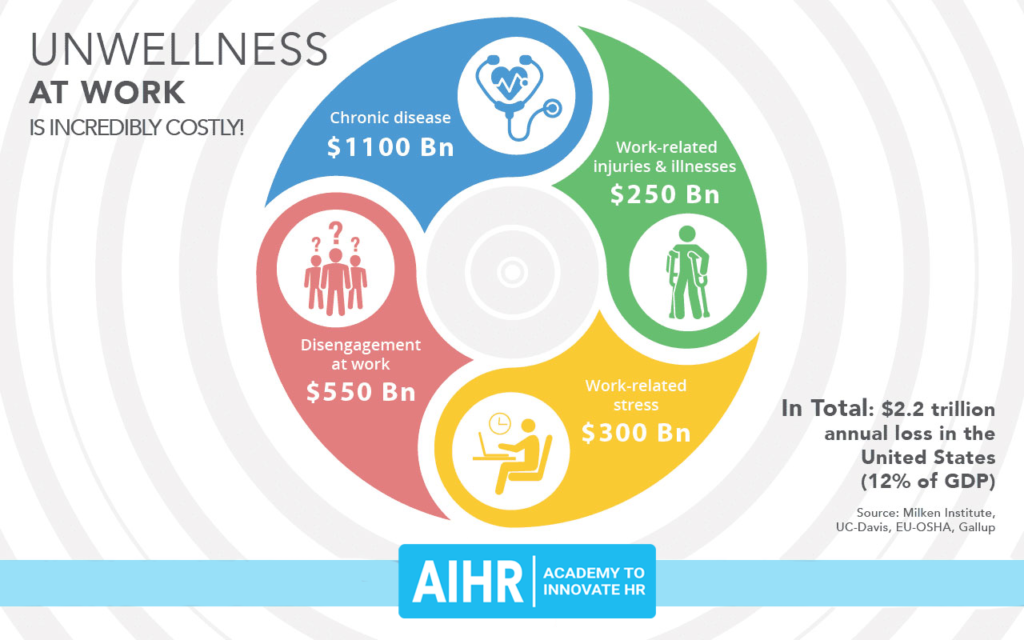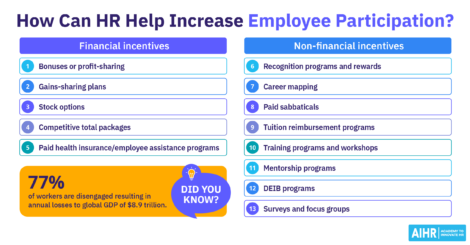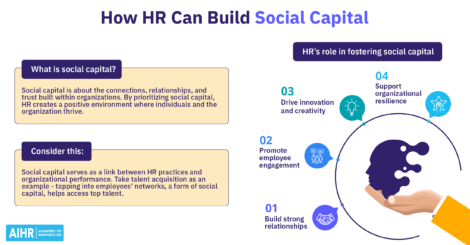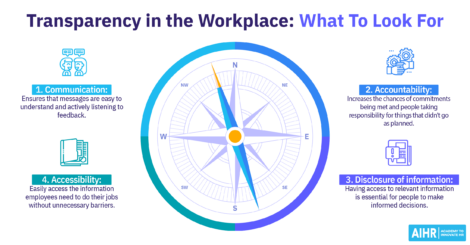Employee Health (And Why it Matters to HR)

Employee health is essential, no kidding. Nobody wants to work next to someone vomiting in a trash can. No client wants to see that. So, we’re all clear that if you have a stomach bug, you should stay home from work.
What we’re not clear on, is what happens next. Should the employee work a full day from home? Of course not, we say on paper, but many people do, and many bosses demand it. The work must get done, regardless of how you feel now.
Employee health is a hot topic, but what does your organization do about it? What should you do? That’s what we’ll take a look at in this article. First, let’s begin by defining employee health.
Contents
What is Employee Health?
How much does bad employee health cost your business?
Special US concerns
What can your organization do?
On a final note
What is Employee Health?
Employee health encompasses the physical and mental status of your employees. It can cover illness and wellness in the same breath. When we talk about health, physical health comes into mind first, but mental health is just as important. And bad physical health can lead to bad mental health and vice versa.
We can also talk about the wellness and prevention side of employee health. Smoking, lack of exercise, and bad eating habits are areas in which companies often want to intervene. Annual physicals and even free flu shots are something that companies are concerned with. All of it rolls into one employee health package.
How much does bad Employee Health cost your business?
A lot. It’s hard to pin down, but the Integrated Benefits Institute estimated that poor health costs US businesses $530 billion in lost productivity. The European Risk Agency estimated that Switzerland lost 1.2 percent of its GDP to stress, while Germany lost 9.9 million euros in direct costs of employee stress.
In other words, no matter how you look at it, unhealthy employees cost your businesses. Whether it’s through stress from an unreasonable workload or the costs of “presenteeism” (which is when someone comes to work and goes through the motions, but isn’t being productive–usually due to illness or stress), it’s a lot of money.
Understandably, companies want to reduce the costs associated with employee health.

Special US concerns
In the United States, employers provide health insurance for their employees, it’s one of the most common types of employee benefits there. Sick employees not only affect productivity but can have a direct effect on the cost of health insurance. And health insurance costs rise every year, faster than wages.
In many other countries, businesses and employees aren’t directly responsible for their healthcare costs, but it affects everyone through taxes and additional costs. And, of course, lost productivity affects the business and coworkers.
What can your organization do?
You want happy and healthy employees. This doesn’t have to be because you’re an innately good person – it can be because happy and healthy employees cost you less and bring in higher productivity levels. So, even if you’re the most selfish person on the planet, it’s in your best interest to invest in employee health.
In larger organizations, one of the people involved with the employee health efforts will be the compensation and benefits manager, while in a smaller company this may just be another responsibility of an HR generalist.
Here are some ideas of what you can do to improve employee health within your organization.
Wellness programs
Employee wellness programs are popular for a good reason – people love the idea of getting their employees to exercise more or think about their eating habits – and assume this will translate into healthier employees. The problem is, they often don’t work.
A study published in the Journal of the American Medical Association tracked warehouse workers. Those who used the wellness program did exercise at a higher rate, but “but there were no significant differences in other self-reported health and behaviors; clinical markers of health; health care spending or utilization; or absenteeism, tenure, or job performance after 18 months.”
So, while it sounds great, it’s not always giving the business the benefits it’s hoping for. Regular exercise will benefit employees in the long run, but not within the 18 months of the study.
Wellness programs can be fun but aren’t necessarily the best choice for improving employee health.

Encourage vacation time
Vacation time (preferably paid) remains one of the benefits employees value most. Here is where Europe has a considerable advantage over the United States, which has no mandatory vacation time. Stepping away from work and taking a vacation reduces stress, lowers the risk of burn out, and increases productivity.
Make sure your employees take the vacation time they are entitled to.
In the United States, this may mean forcing them out the door. If you allow employees to accumulate vacation and have it paid out when they quit (a practice that is popular in government jobs), you discourage vacation and encourage overwork and burnout. Change your policies to encourage vacation usage.
The senior team needs to take their vacation time as well. If the Senior VP is always at the office, her direct reports will feel that they can’t leave either. Make it a priority for everyone to take a vacation every year.
Encourage preventative health care
Step one: offer free flu shots at the office. In the United States, the flu costs $10.4 billion per year. Remember that employers pay for healthcare as well, so much of that cost is directly on business shoulders. Preventative care saves lives and money.
Other preventative care can also reduce costs. If your employees have chronic conditions, making sure they have the time to see their doctors can help keep their conditions under control and your employees at work. Make sure you encourage your employees to have regular checkups.
Focus on Mental Health
Depression costs 617 billion euros per year in Europe. That’s a tremendous amount of money. Stress is a substantial, contributing factor to depression and burnout.
Do you have adequate staffing levels? Are people working 60 hour work weeks? Do your managers have proper training so that they can support their staff? Remember, managing isn’t just about doing the work, but leading the team.
If your managers create a toxic environment, the stress levels will increase. Managers who bully or ignore bully employees create a toxic environment that damages your employees, lowers productivity, and increases turnover.
Provide an Employee Assistance Program
Work is only one of the places where your employees experience stress. Marriages break apart, finances become tight, a car accident results in injuries and stress, and an unexpected lawsuit can break someone down. It spills over into the workplace. An employee assistance program can help your employees find a therapist, a financial planner, or a lawyer. All of these things can reduce stress in the workplace, as can an employee financial wellness program for instance.
Proper training and proper investigation and response to bullying can make your workplace a better place to be. A better workplace is something that makes employee health better.
On a final note
When Human Resources departments focus on employee health, the harder things, such as working on the environment, can have a more significant impact than easy things, such as implementing a wellness program.
Focus on the things that make a difference, and not the easy things. Your employees’ health is worth it.
Weekly update
Stay up-to-date with the latest news, trends, and resources in HR
Learn more
Related articles
Are you ready for the future of HR?
Learn modern and relevant HR skills, online












